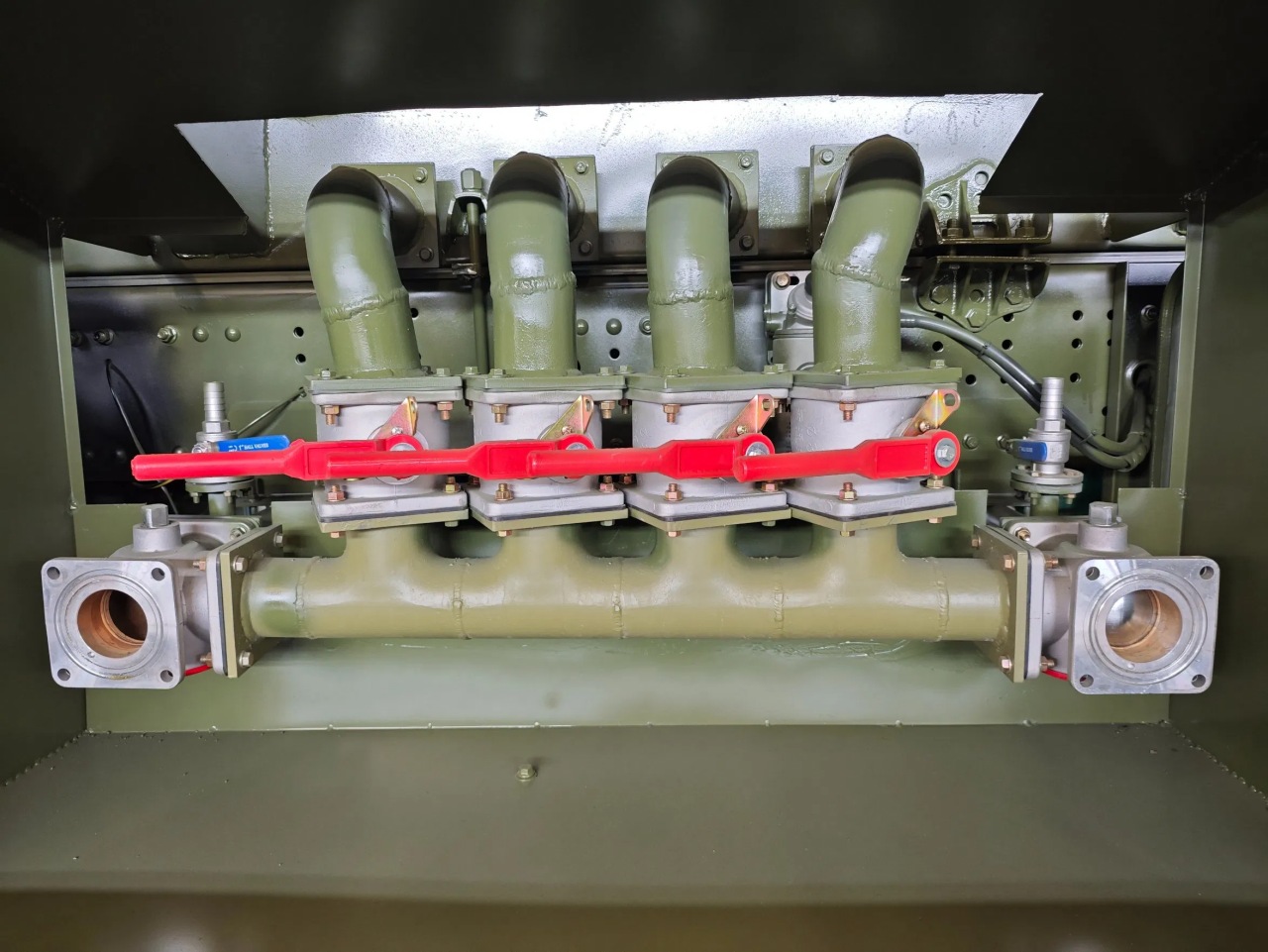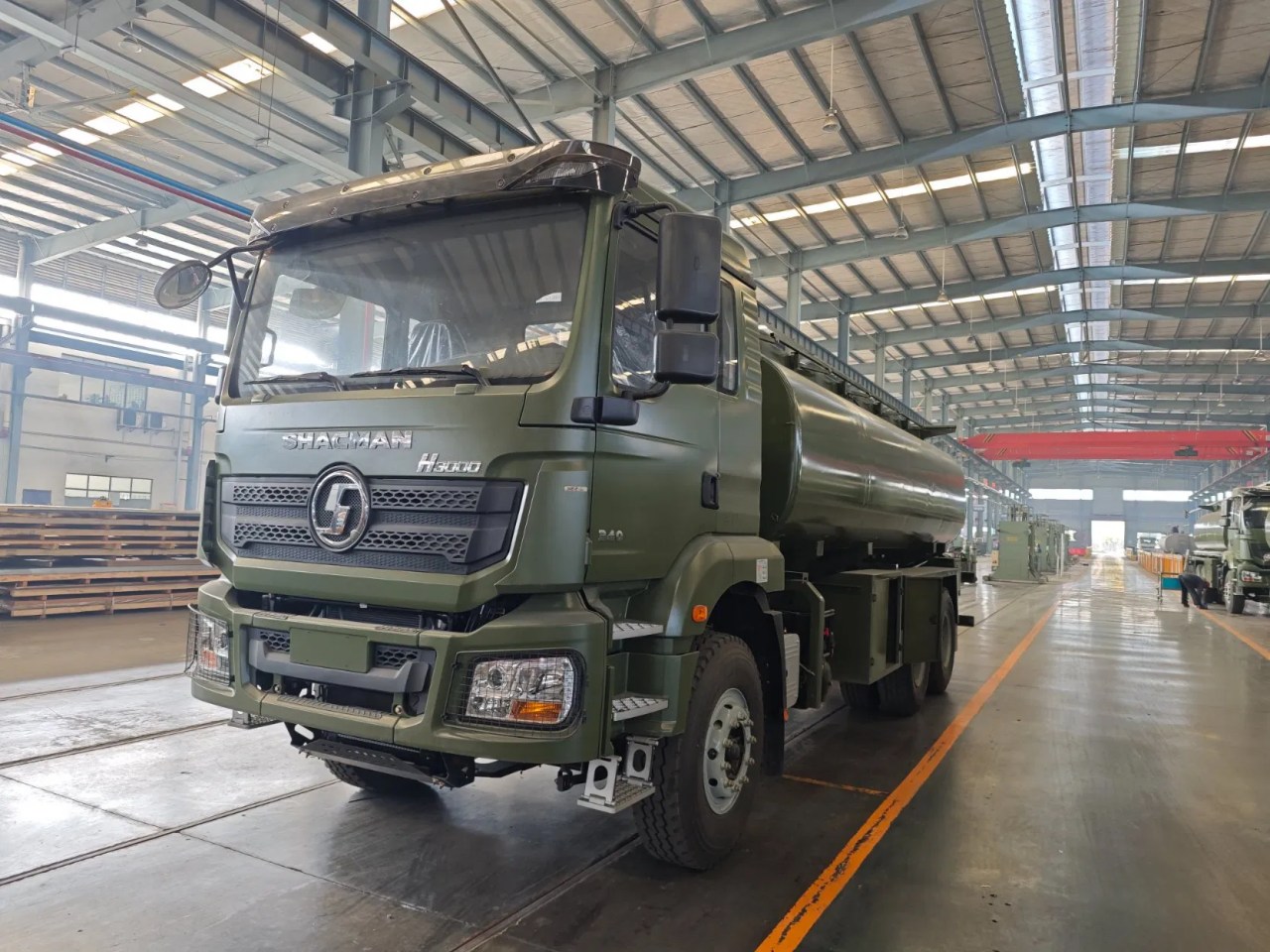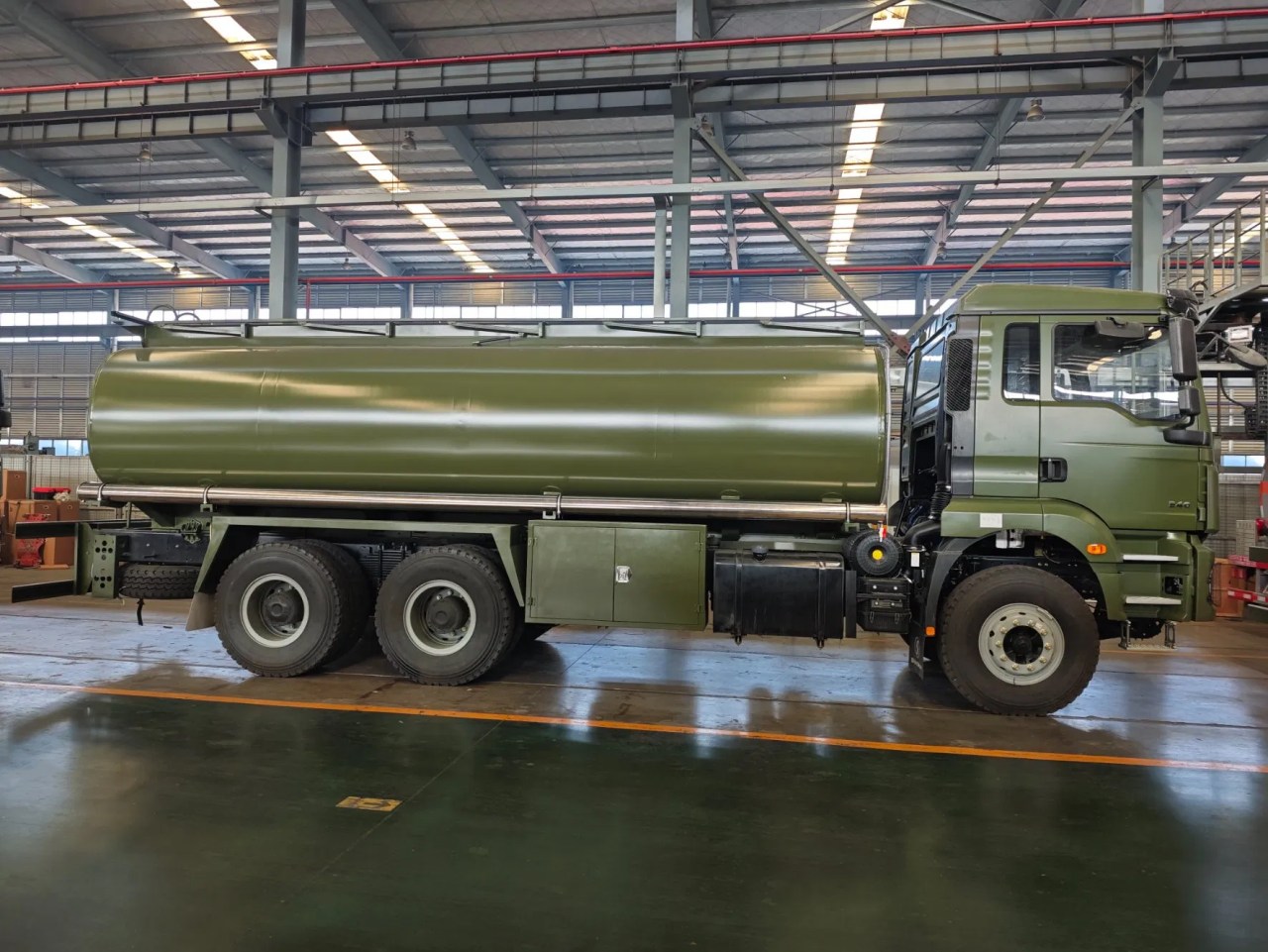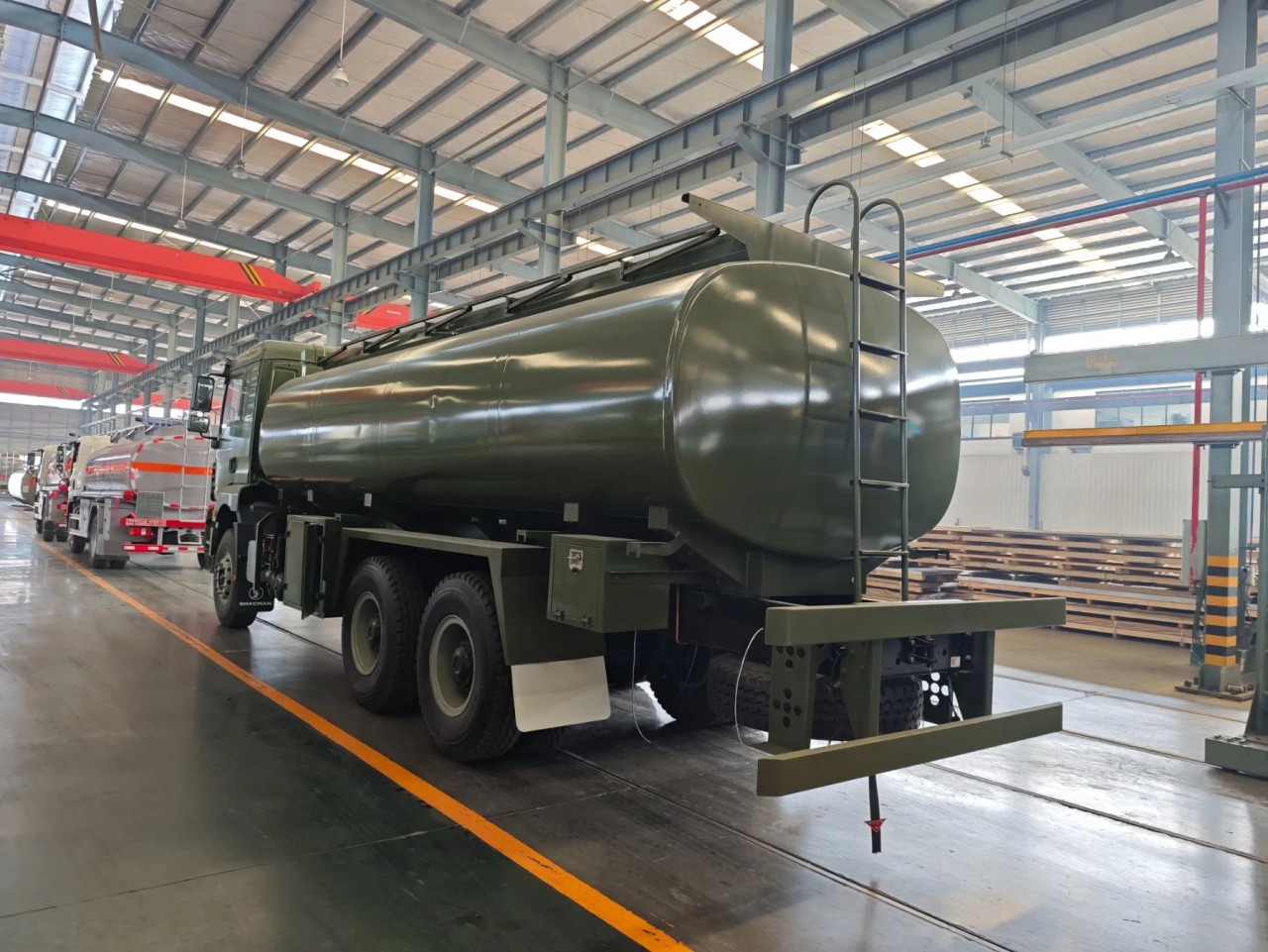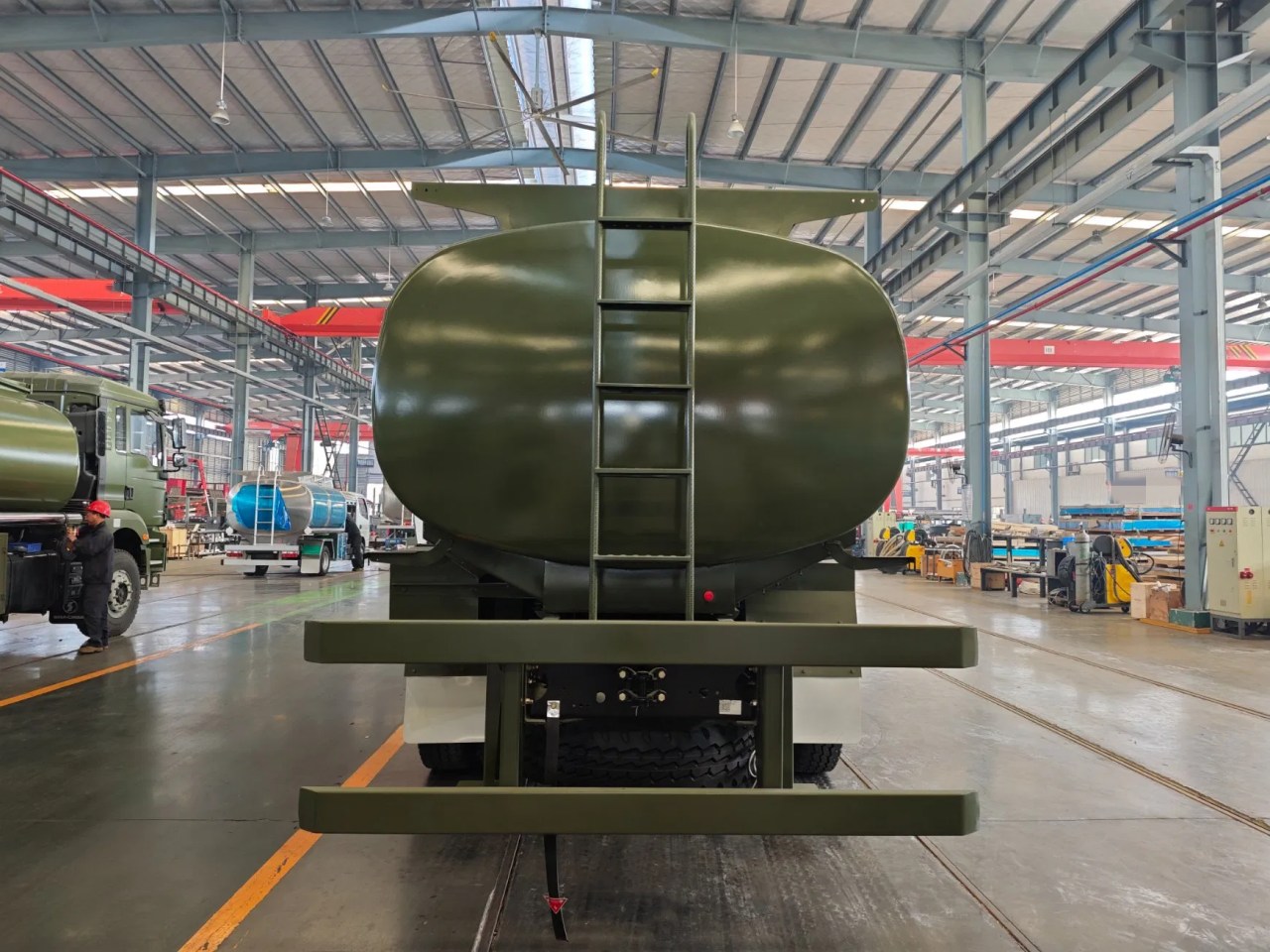Tanker trucks are essential vehicles in a wide array of industries, from oil and gas to agriculture and food services. They are designed to carry liquids, gases, or powders, and their sizes can vary widely depending on the substance being transported, the terrain, and the regional regulations. When asking, “What size are tanker trucks?” the answer is multifaceted, as it depends on the specific type of tanker and its intended use. In this article, we’ll explore the dimensions, capacities, and classifications of tanker trucks, offering a detailed understanding of their sizing and configurations.
1. Understanding Tanker Truck Categories
Tanker trucks fall into several broad categories based on their purpose. These include:
- Fuel tankers: Used to transport gasoline, diesel, aviation fuel, or similar substances.
- Food-grade tankers: Carry milk, juice, edible oils, and other consumables.
- Chemical tankers: Designed for hazardous or corrosive materials such as acids, alkalis, or industrial chemicals.
- Dry bulk tankers: Though not liquid tankers, these transport dry materials like cement or flour and are built similarly in terms of trailer structure.
- Water tankers: Used in construction, agriculture, or municipal work to haul water.
Each of these types may come in different sizes and configurations depending on the requirements.
2. Common Sizes of Tanker Trucks
Tanker trucks vary in size, but most can be grouped into 3 main classes: Light-duty, Medium-duty, and Heavy-duty.
a. Light-Duty Tanker Trucks
These are typically single-axle trucks or small trailers that carry limited volumes. They are used for localized or low-volume transport needs.
- Capacity: 500 to 3,000 gallons (1,900 to 11,400 liters)
- Length: 10 to 20 feet (3 to 6 meters)
- Use cases: Small-scale fuel deliveries, rural water transport, mobile refueling units
b. Medium-Duty Tanker Trucks
Often used for medium-distance transport, these tankers can be mounted on a straight truck chassis or pulled as short trailers.
- Capacity: 3,000 to 5,000 gallons (11,400 to 18,900 liters)
- Length: 20 to 30 feet (6 to 9 meters)
- Use cases: Municipal water delivery, regional milk transport, local fuel distribution
c. Heavy-Duty Tanker Trucks (Semi-Trailers)
These are the most commonly seen on highways, especially in long-haul applications. They are articulated vehicles consisting of a tractor unit and a tanker trailer.
- Capacity: 5,000 to 11,600 gallons (18,900 to 44,000 liters)
- Length: 40 to 53 feet (12 to 16 meters)
- Use cases: Long-distance transport of fuels, chemicals, bulk milk, and industrial liquids
3. Tanker Shapes and Volume Considerations
The shape of a tanker affects its size and volume. Tanker trailers are typically:
- Cylindrical (round): Most common for fuel and chemical transport.
- Elliptical: Designed for a lower center of gravity, improving stability. Common in milk and water transport.
- Rectangular: Rare and usually used in stationary tanks; not ideal for road transport due to poor flow dynamics.
The volume a tanker can carry is also affected by regulations concerning weight limits. For instance, while a tanker might have a maximum capacity of 11,600 gallons, it may only legally transport 9,000 gallons of a heavy liquid like gasoline in some regions due to weight restrictions.
4. Regional Size Regulations and Standards
Different countries and states have varying regulations on tanker sizes:
- United States: Federal size limits for commercial vehicles typically allow trailers up to 53 feet long, with a maximum gross weight of 80,000 pounds (36,287 kg).
- European Union: Tankers often have shorter trailers (up to 13.6 meters or ~45 feet) but can be heavier, up to 44 metric tons gross weight.
- Australia: Uses larger road trains and B-double configurations, with tankers reaching capacities of 50,000 liters (13,200 gallons) or more in remote areas.
These variations significantly impact how tanker trucks are designed and operated.
5. Specialized Tanker Sizes
Some tanker trucks are built for niche applications and fall outside the standard size categories:
- Aviation fuel tankers used at airports are often between 3,000 and 10,000 gallons, optimized for maneuverability and rapid fueling.
- Milk collection tankers feature multi-compartment tanks with capacities between 3,000 and 6,000 gallons, allowing collection from multiple farms in one route.
- LPG (liquefied petroleum gas) tankers may carry 2,000 to 11,000 gallons and must comply with pressure-rated specifications, affecting their size and weight.
- Asphalt tankers must be insulated and sometimes heated, with typical capacities around 5,500 to 7,000 gallons.
6. Compartmentalization and Tank Configuration
Tanker trucks are often divided into compartments to increase safety and improve efficiency:
- Compartments prevent liquid sloshing, which can destabilize the vehicle.
- They allow multiple products (e.g., diesel and gasoline) to be transported in 1 load.
- A typical fuel tanker may have 3 to 6 compartments, each holding 1,000 to 2,000 gallons.
This internal structure affects the overall volume and length of the tanker.
7. Factors Influencing Tanker Size Selection
Several key factors influence which size of tanker truck is selected for a particular job:
- Type of liquid or gas: Heavier or more hazardous materials may require smaller tankers.
- Route conditions: Narrow roads, bridges, and inclines may restrict tanker size.
- Volume requirements: High-demand routes benefit from larger tankers for efficiency.
- Regulatory compliance: Operators must adhere to national and regional weight and size limits.
8. Conclusion: No One-Size-Fits-All
So, what size are tanker trucks? The answer lies in the diversity of industries they serve. From compact 500-gallon trucks delivering water to rural areas to massive 11,600-gallon fuel tankers crossing continents, the range of sizes is extensive. The choice of tanker size is a balance between operational efficiency, legal compliance, road safety, and the physical properties of the transported substance.
Understanding tanker truck sizing isn’t just about numbers—it’s about application, regulation, and engineering. Whether you’re a fleet manager, logistics professional, or simply a curious observer of heavy vehicles, knowing the differences in tanker sizes offers a deeper appreciation for the complexity of liquid and gas transport across today’s roads.
